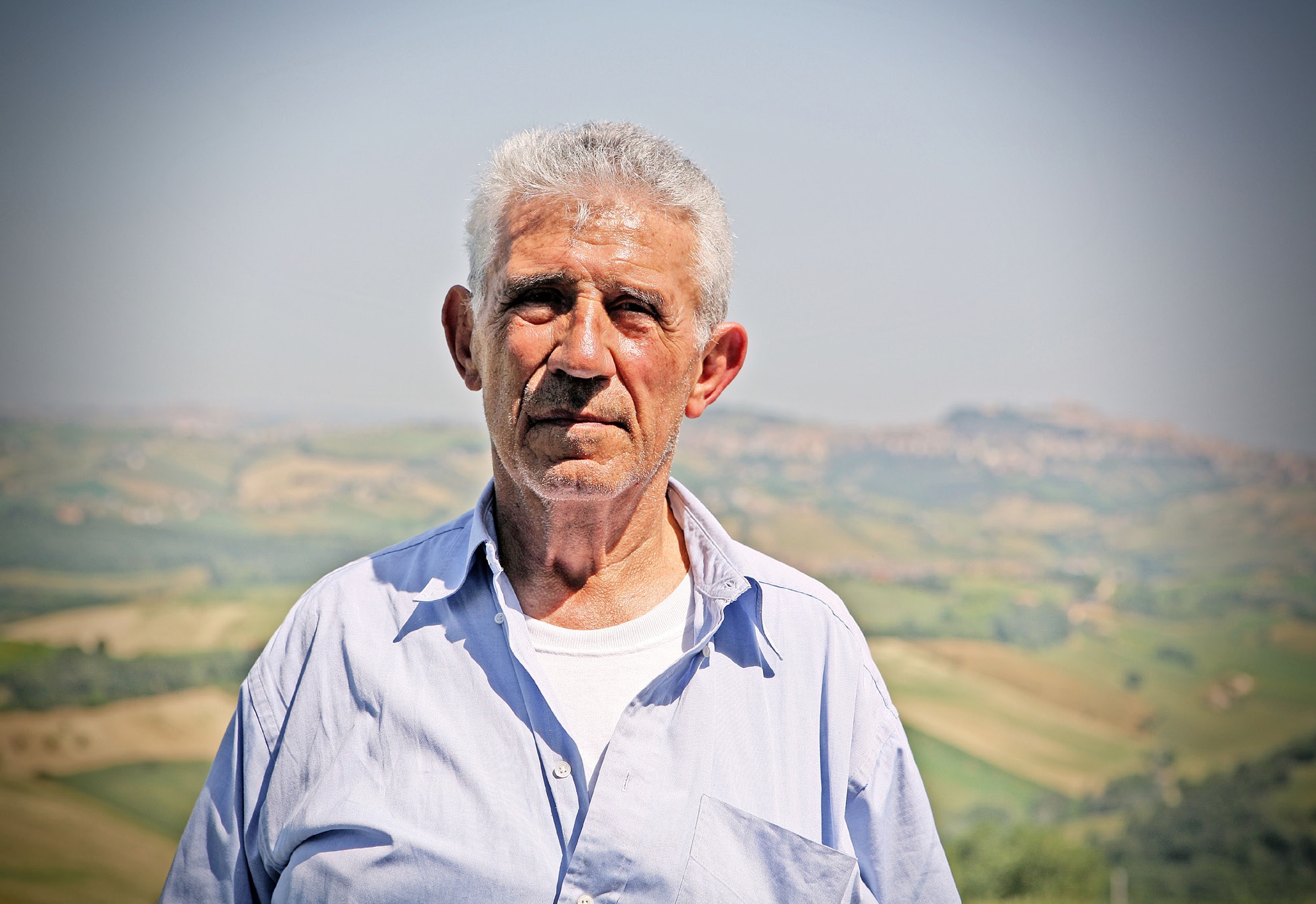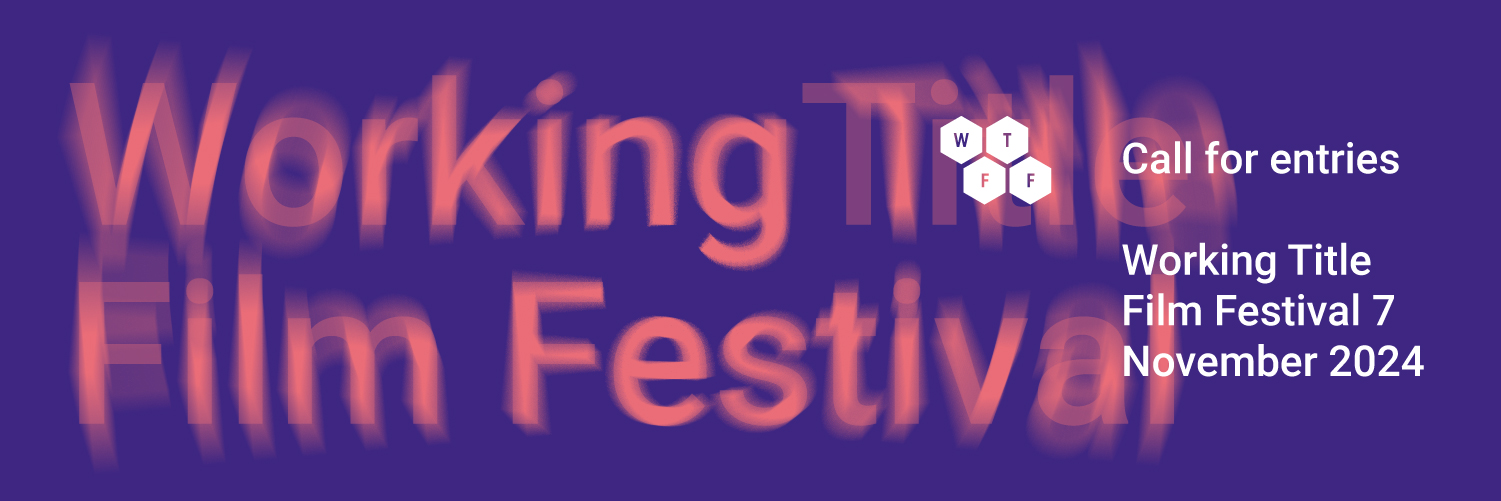Black snow – Luigi Di Ruscio in Oslo, an italian in hell, Paolo Marzoni, Angelo Ferracuti, 57′, Italia 2014
A journey on the trail of a deceased friend. Angelo Ferracuti travels from Italy to Scandinavia to enter into the memories, letters and writings of the Italian poet Luigi Di Ruscio.
Title Black snow – Luigi Di Ruscio at Oslo, an italian in hell
Duration 57′
Year 2014
Country Italy
Genre Documentary
Language Italian – Norwegian
Subtitles Italian
Director Paolo Marzoni
Screenwriter Angelo Ferracuti, Paolo Marzoni
DOP Fabrizio La Palombara
Sound Anna Scandola
Editing Mattia Biancucci
Sound Editing Diego Schiavo
Music Daniele Di Bonaventura, Paolo Fresu, Stefano Pilia, Vasco Brondi
Production Maxman Coop
Distribution Maxman Coop
Festival Biografilm, Premio Libero Bizzarri
Web site http://www.maxmancoop.net/teslawp_portfolio/la-neve-nera-luigi-di-ruscio-a-oslo-un-italiano-allinferno/
Synopsis
Black Snow recounts a journey to a snow clad Oslo, searching for the traces left by a passed away friend. The writer Angelo Ferracuti is a Luigi Di Ruscio’s younger friend, who has travelled from Marche to Scandinavia and through Di Ruscio’s memories, letters and writings. They both are from Fermo (Marche), they have had a common politics faith and for four decades they’d had a great harmony, based on the admiration, that Angelo had for Luigi as a writer. The film tells about an unknown page of italian immigration, that one to Norway, a smaller offshoot of the much larger immigration to neighboring Sweden. While in Sweden the italian community was able to establish a strong social group and maintain their cultural and linguistic traditions, the smaller numbers of Italians in Norway had had a much harder time. In his travels Angelo visits Luigi’s regular haunts: the multicultural and much beloved neighborhood of Grønland with its many small shops, the large space containing the ruins of Spigerverk, the factory where Luigi had worked for 40 years, the street where the “Regnbue” dance hall used to be – the scene of many epic fistfights between Italian and Norwegian boys. Intertwined with these physical locations there are the places of affection, daily intimacies, memories and struggles: the family, the photographs, the italian community in Oslo, the nails factory. With their recounting of the literary and human events of Luigi Di Ruscio’s the film authors shine a light on a very particular literary experience that have lasted over half a century, and the profound linguistic isolation emerged from it.
Director’s Statement
I asked myself several times if we had really undestood Luigi’s word, or if we were just inventing arbitrarily in that moment shooting a routine, that he made be magic by his writing. The images were all inside the har drives. The people we had met, the clattering trams, the black snow gathered on the street, blending with the asphalt, the long chat to his sons, who were moved telling us about their “Pappa”, Mary’s shrill voice always interrupted by her shy chuckle, the serious and very accurate anecdotes of his coworkers and friends from the Circolo, David’s and Caterina’s emotion, the stories about his father told by Adrian, who had told has about the great love for music and violin, that his father had instilled him, buying him “I capricci” by Paganini, their walks in the botanical garden, and even that smiling stamp seller remembering that refined italian man, who used to see him. In the shooting there was everything, but his contagious cheerfulness. That cheerful energy leading him to write: “Sometimes I feel to be overloaded by a great lovely universe, when the postwoman meets me, she smiles at me, so as the very beautiful librarian and the tobacconist do, and so in the the department where I work, I feel like to be overloaded by great lovely breaths, even in the room where I write, I feel like to be overloaded by a lovely universe…”. For luck the writing when is great is enough to itself, it can’t be translated into images. That’s what I thought when the plane was taking off in the sunset and fly through the tall norwegian sky.
Angelo Ferracuti, Cinepresa in spalle, tornando a Di Ruscio, in “il manifesto”, Sunday 21st of April, 2013

Director’s Bio-Filmography
Paolo Marzoni, was born in 1961, is editor, director and producer. After many years as editor of the most famous italian singers’ video-clips, in 1998 he edited his first film E allora mambo by Lucio Pellegrini. As editor has worked on several films, among which the multi-awarded L’uomo che verrà by Giorgio Diritti, nominated as the best editing at David di Donatello in 2010; Il valzer dello zecchino by Vito Palmieri, best documentary at Annecy Festival in 2011; the shorts Jody delle giostre by Adriano Sforzi, David di Donatello 2011, and Matilde by Vito Palmieri, selected by Berlinale in 2013 and winner at Toronto Film Festival Kids; L’aria di Gjakova by Gjergj Xhuvanie and Generazione Y by Vito Palmieri, I Talk Otherwise by C. Cappucci.
For Maxman Coop he produced and edited the documentary films Uomini proibiti by Angelita Fiore, Le radici dei sogni – Emilia-Romagna tra cinema e paesaggio by F. Zerbetto e D. Zanasi, L’equilibrio del cucchiaino di Adriano Sforzi. In 2014 he made his first film as director, La neve nera.
